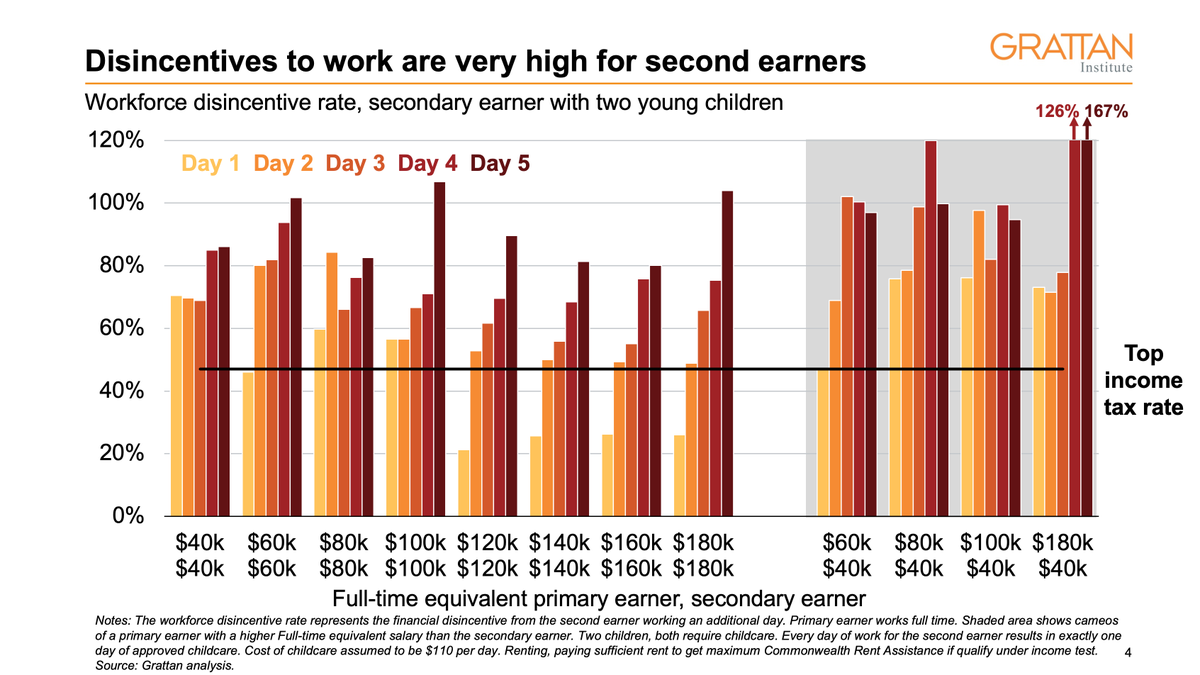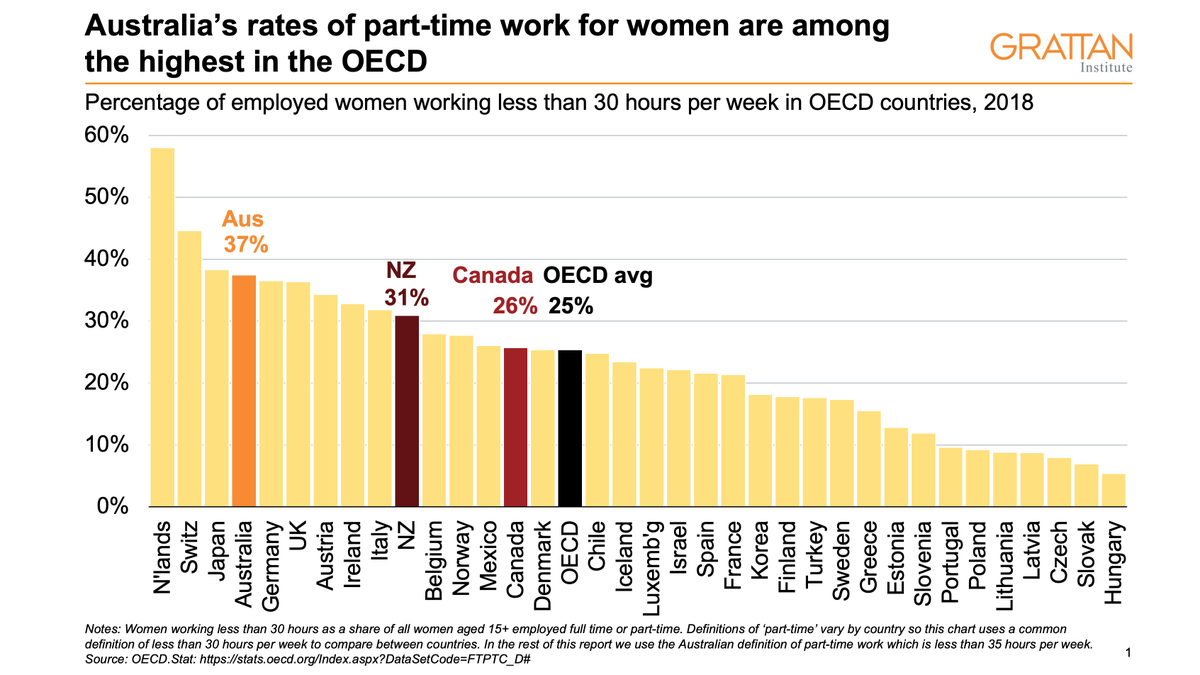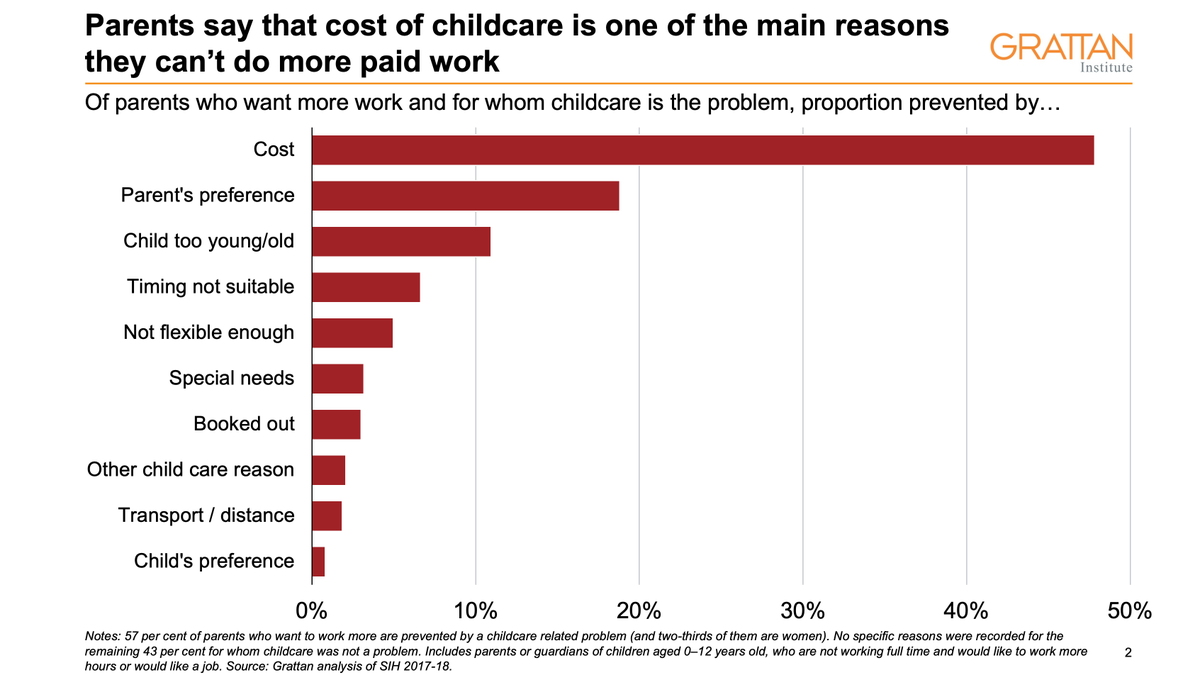1/ We surveyed 5,442 Australian teachers and school leaders for our new report.
The response was alarming. 🚨 Here’s a thread on what we found…
The response was alarming. 🚨 Here’s a thread on what we found…
2/ An overwhelming 92% of teachers say they do not get enough time to prepare for effective teaching.
86% say they do not get enough time for high-quality lesson planning.
The result? Student learning suffers.
86% say they do not get enough time for high-quality lesson planning.
The result? Student learning suffers.

3/ We did the maths on how much time a teacher has in a week to focus on individual students. For example, if a typical secondary teacher with 110 students spends 15 min a week on individual students’ needs, they would need to find 28 hrs a week - this is an impossible task. 

4/ But how do we create more time in a week which is already full? Tinkering around the edges won’t work. Instead, governments should adopt bold strategies to save teachers time.
5/ The first reform? Let teachers teach. Specialists can assist students with complex needs and support staff can take on tasks that don’t need teaching expertise. 68% of teachers would agree to other staff covering their extra-curricular activities. This could save 2 hrs a week. 

6/ The second reform? Work smarter. Reduce unnecessary tasks for teachers. For example, teachers could save 3 hours a week on average with common curriculum plans and assessments—an easy win. 

7/ Finally, rethink how teachers’ work is organised in schools. For example, most teachers would prefer a slightly larger class in exchange for extra preparation time. And 2-to-3 extra planning days before each term could reduce workloads during the term. 

8/ Governments should take immediate action by:
-Investing $60 million to pilot reform options
-Providing more training to school leaders on what they can already do now
-Investing $60 million to pilot reform options
-Providing more training to school leaders on what they can already do now
9/ You can read more about how to make time for great teaching in our new report by @hunter_jordana and @sonnersjulie: grattan.edu.au/report/making-…
We have a special guide for school principals on how you can create more time for the teachers in your school: grattan.edu.au/wp-content/upl…
We have a special guide for school principals on how you can create more time for the teachers in your school: grattan.edu.au/wp-content/upl…
• • •
Missing some Tweet in this thread? You can try to
force a refresh


















